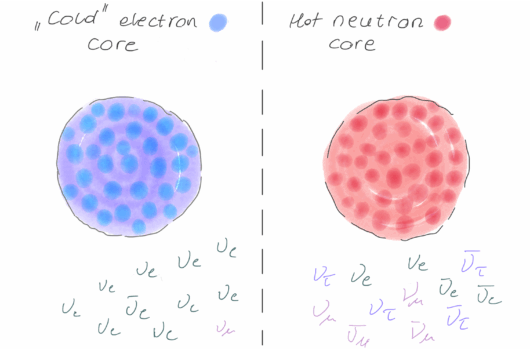Constraints on Nuclear Symmetry Energy Parameters
Constraints on Nuclear Symmetry Energy Parameters
View
Abstract
A review is made of constraints on the nuclear symmetry energy parameters arising from nuclear binding energy measurements, theoretical chiral effective field predictions of neutron matter properties, the unitary gas conjecture, and measurements of neutron skin thicknesses and dipole polarizabilities. While most studies have been confined to the parameters 𝑆𝑉 and L, the important roles played by, and constraints on 𝐾sym, or, equivalently, the neutron matter incompressibility 𝐾𝑁, are discussed. Strong correlations among 𝑆𝑉,𝐿, and 𝐾𝑁 are found from both nuclear binding energies and neutron matter theory. However, these correlations somewhat differ in the two cases, and those from neutron matter theory have smaller uncertainties. To 68% confidence, it is found from neutron matter theory that 𝑆𝑉=32.0±1.1 MeV, 𝐿=51.9±7.9 MeV and 𝐾𝑁=152.2±38.1 MeV. Theoretical predictions for neutron skin thickness and dipole polarizability measurements of the neutron-rich nuclei 48Ca, 120Sn, and 208Pb are compared to recent experimental measurements, most notably the CREX and PREX neutron skin experiments from Jefferson Laboratory. By themselves, PREX I+II measurements of 208Pb and CREX measurement of 48Ca suggest 𝐿=121±47 MeV and 𝐿=−5±40 MeV, respectively, to 68% confidence. However, we show that nuclear interactions optimally satisfying both measurements imply 𝐿=53±13 MeV, nearly the range suggested by either nuclear mass measurements or neutron matter theory, and is also consistent with nuclear dipole polarizability measurements. This small parameter range implies 𝑅1.4=11.6±1.0 km and Λ1.4=228+148−90, which are consistent with NICER X-ray and LIGO/Virgo gravitational wave observations of neutron stars.




